There can be your advertisement
300x150
Guide to Installing Mirrors
Have you ever thought about replacing a mirror on the wall with a new one?
Beyond just vanity, mirrors hide much more. They are also an excellent decorative element for a home or office. Here is an important guide before mounting a mirror.
Have you ever thought about replacing a mirror on the wall with a new one?
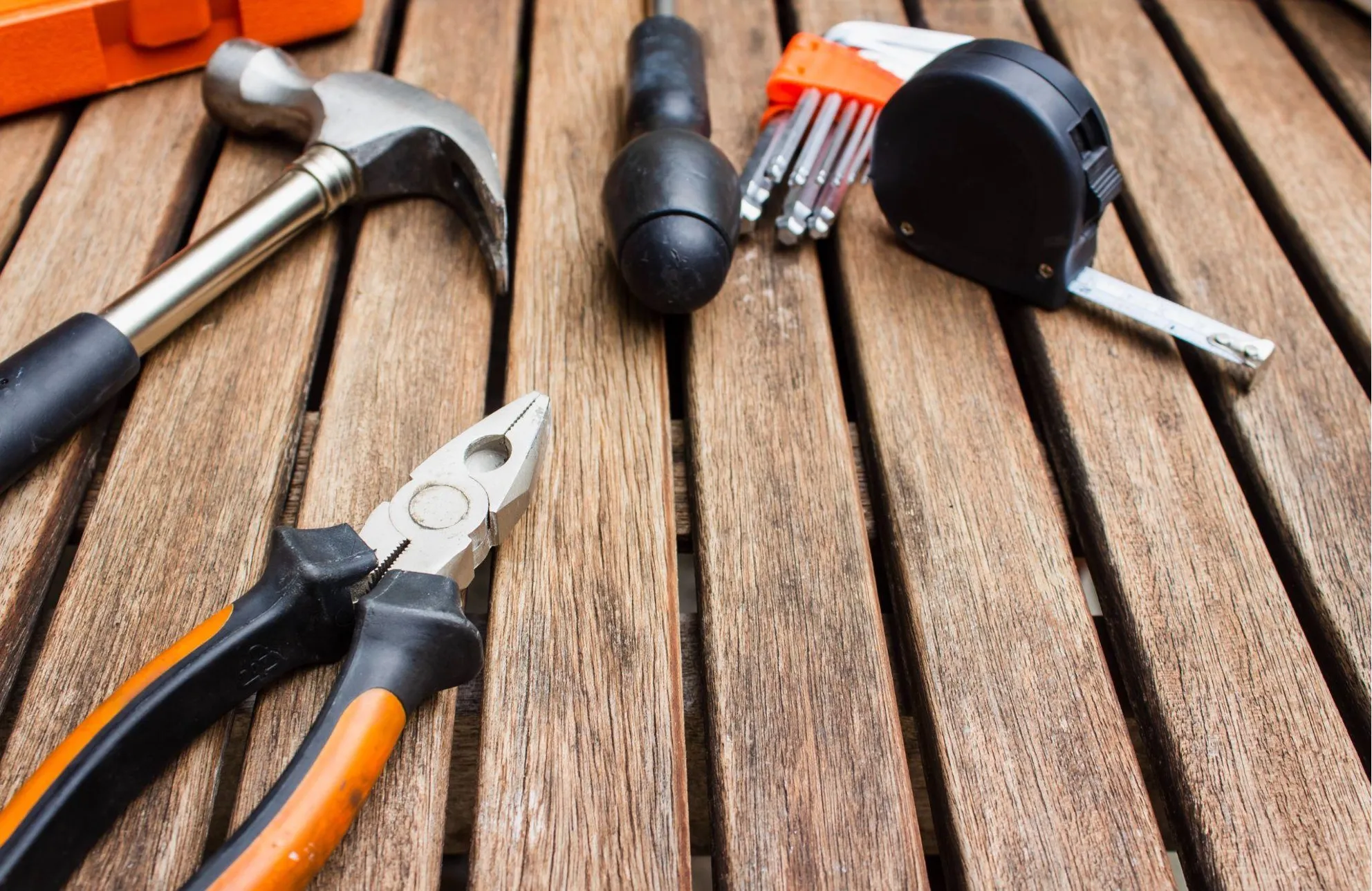
Beyond just vanity, mirrors hide much more. They are also an excellent decorative element for a home or office. Here is an important guide before mounting a mirror.
Proper tools are one of the most important things to consider before installing a mirror.
Here's what you'll need:
- Pencil
- Tape measure
- Level
- Screwdriver
- Drill
- A helper to assist with measurements and lifting.
Correct Measurements
- The first step is to determine the mirror's position and dimensions you will be installing. A large mirror takes up a lot of space, so measure the height and width accurately. Make sure they are straight and correct.
- Start by marking 2 inches from each upper corner along the top edge. Repeat this process down to the bottom of each corner.
Drilling Holes
Use a drill appropriate for the wall markings to make holes. Insert the anchor all the way into each hole. Thread the mirror onto mounting hardware to hang it on the wall. A frameless arched mirror will look elegant and enhance your home's decor.
According to the Glass Association of North America (GANA), there should be sufficient space behind a mirror during installation to allow air circulation around its back and prevent moisture condensation and trapping.
Using Adhesive as an Alternative

If you prefer not to drill holes in the walls, adhesive can also be used.
Adhesive is ideal for mounting mirrors. It applies easily and removes cleanly without leaving residue on the wall or frame.
Ensure your adhesive can support the weight. A good example is a full-length mirror. This type of mirror has a thin outer layer that adheres easily to the wall. However, it's not the best long-term solution since adhesive may lose its strength over time.
Conclusion
Installing a mirror yourself can be tricky, but it's essential to follow the manufacturer’s instructions. Whether using a drill or adhesive, take time to read and adhere to all guidelines for the best results.
More articles:
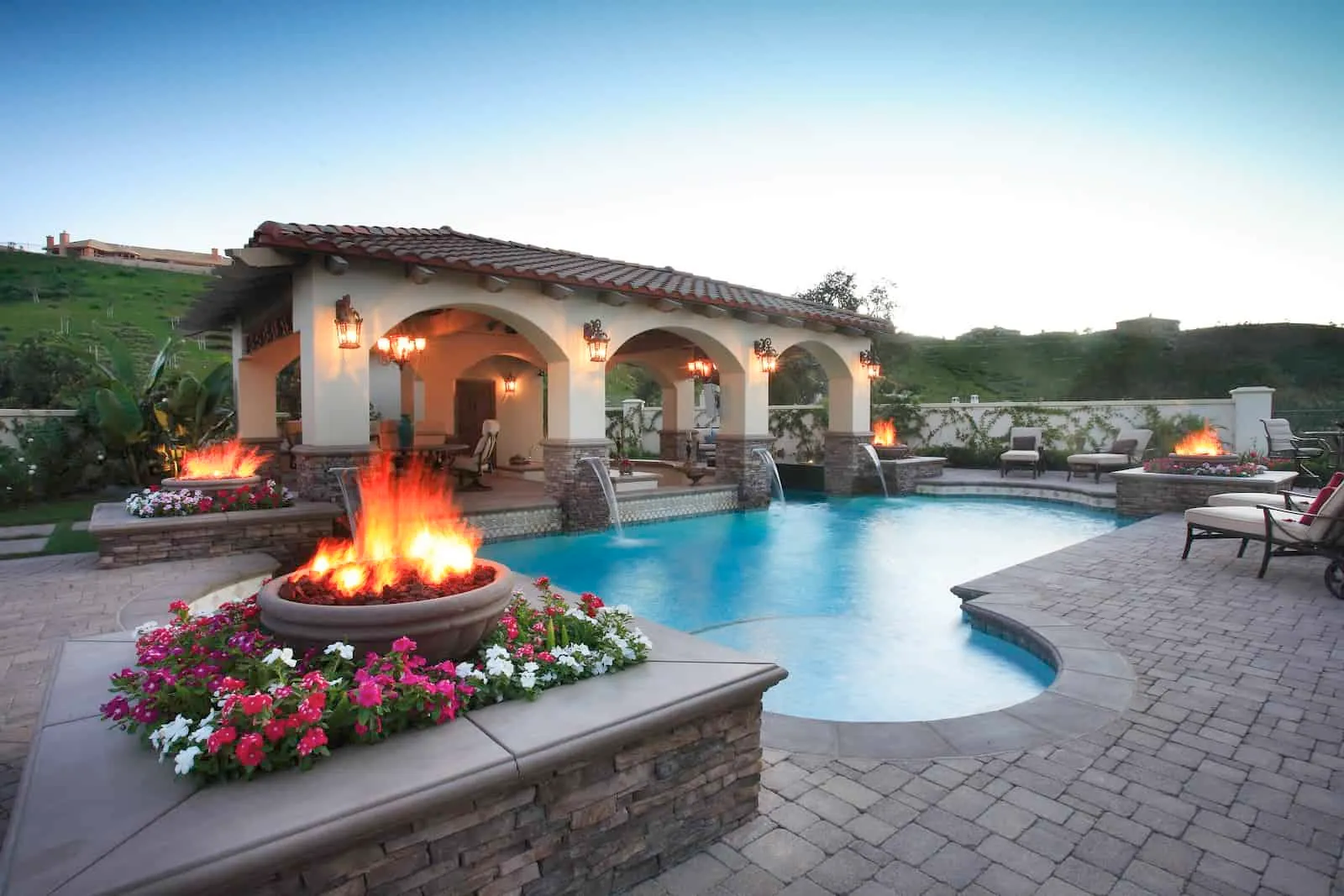 9 Ideas to Transform Your Backyard into a Private Resort
9 Ideas to Transform Your Backyard into a Private Resort 9 Luxurious Sofa Sets That Will Transform Your Dubai Living Room into a Little Sky
9 Luxurious Sofa Sets That Will Transform Your Dubai Living Room into a Little Sky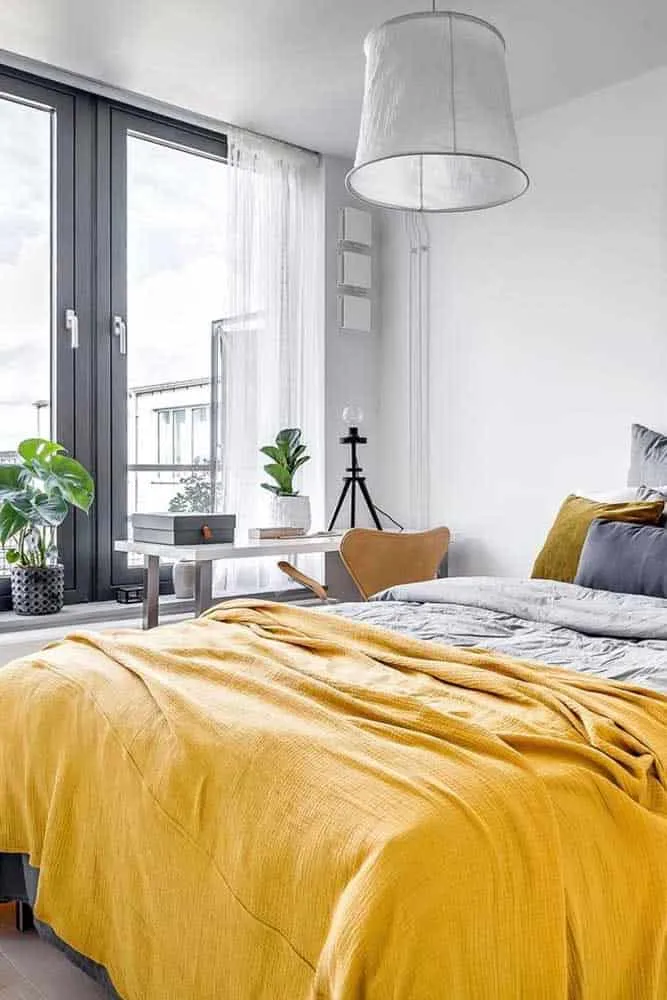 9 Models and Types of Bedroom Windows to Choose From
9 Models and Types of Bedroom Windows to Choose From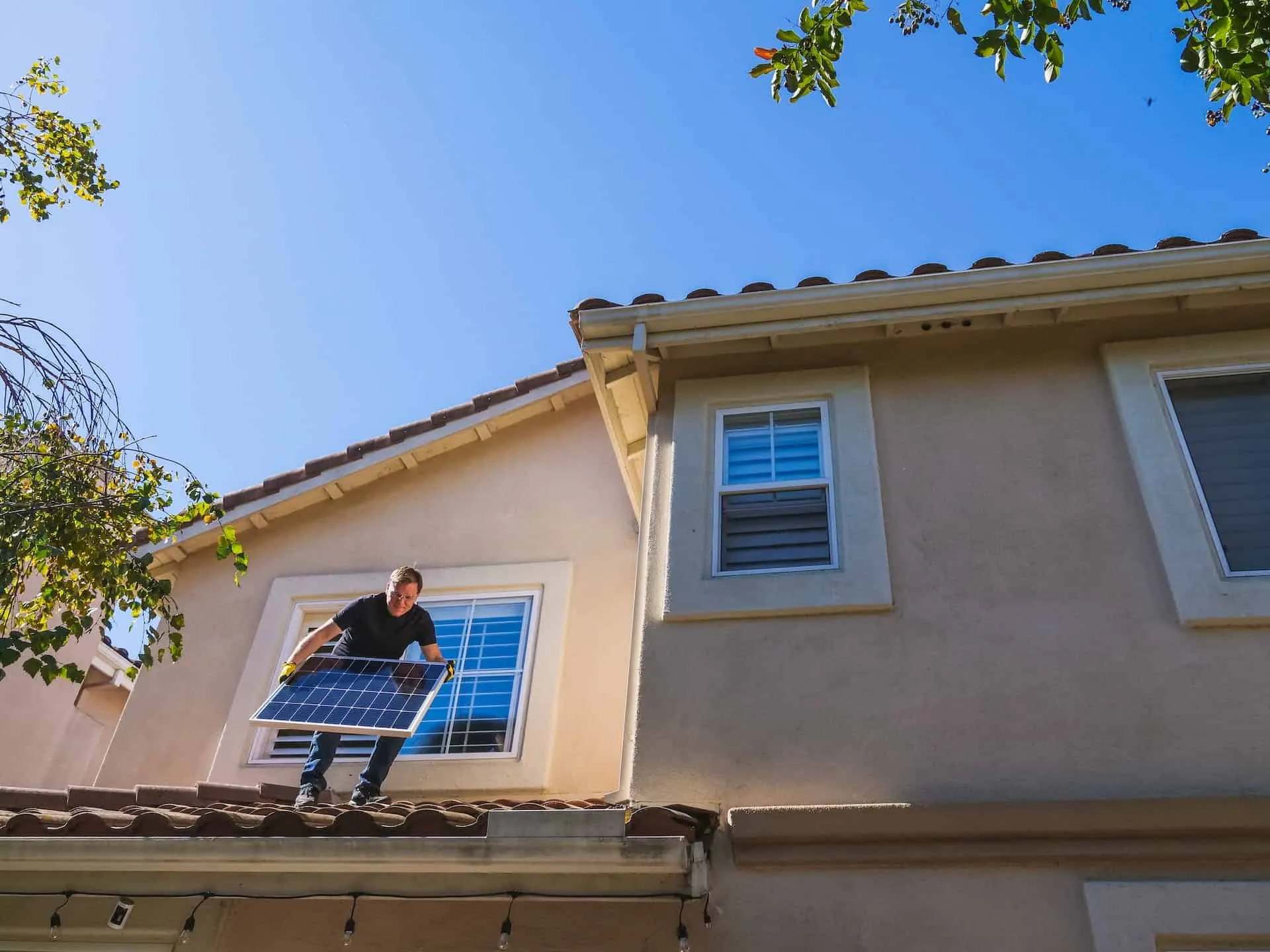 9 Reasons to Build an Eco-Friendly Home
9 Reasons to Build an Eco-Friendly Home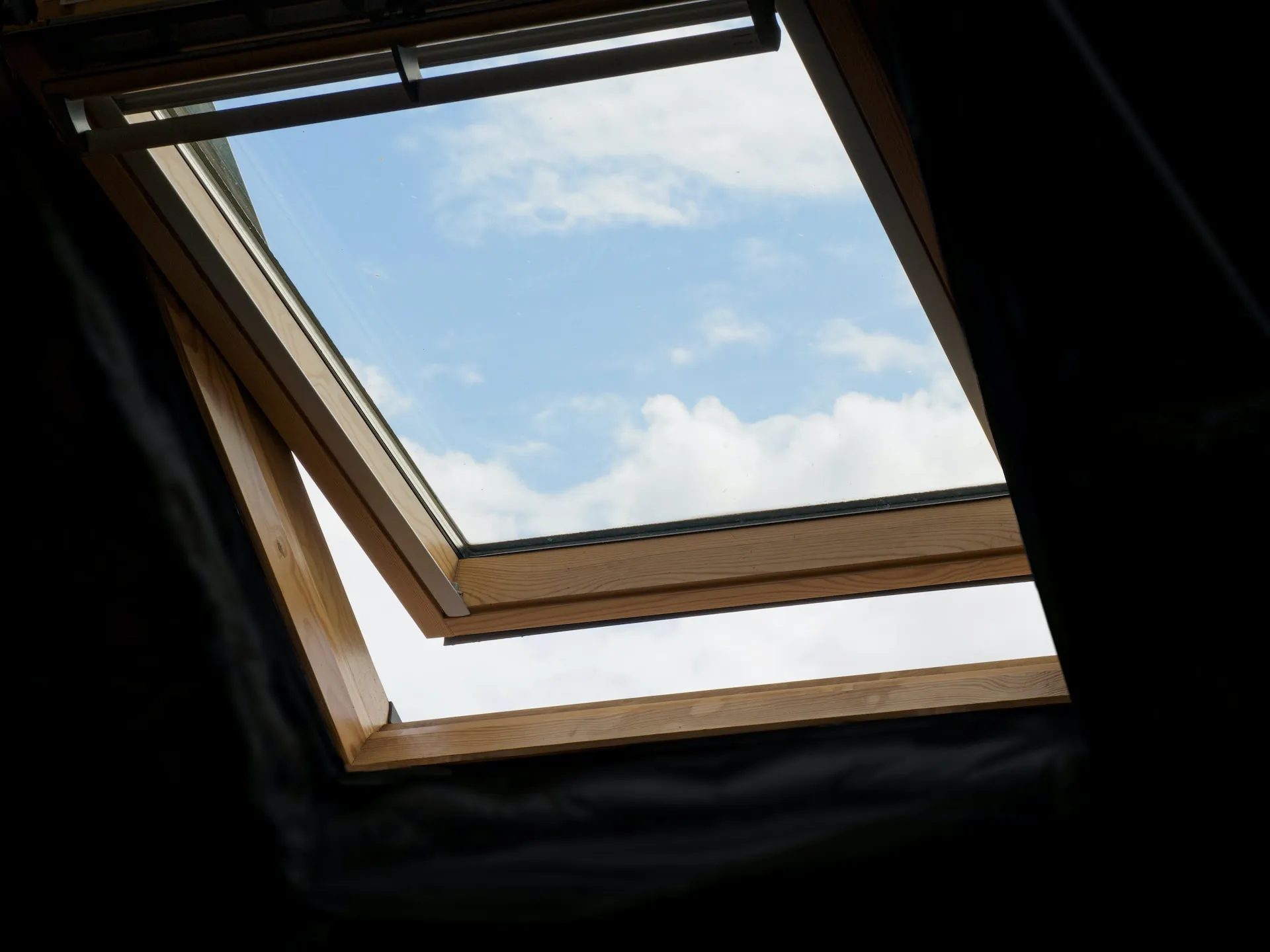 9 Reasons Why Installing a Skylight Improves the Look of Your Living Room
9 Reasons Why Installing a Skylight Improves the Look of Your Living Room 9 Soft and Melodious Wallpapers for Women's Bedroom
9 Soft and Melodious Wallpapers for Women's Bedroom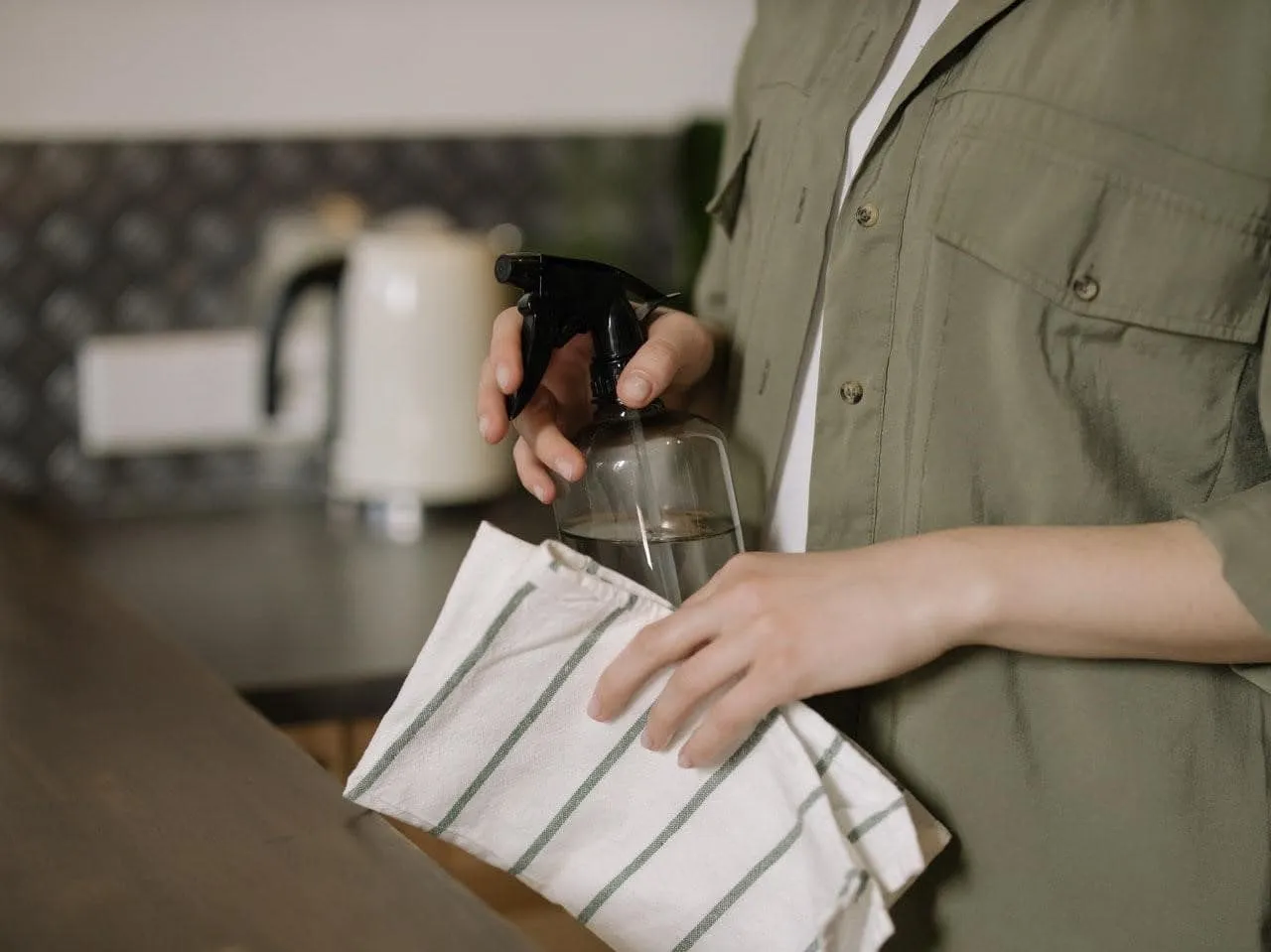 9 Steps to Clean a DUCTED Air Conditioner Filter
9 Steps to Clean a DUCTED Air Conditioner Filter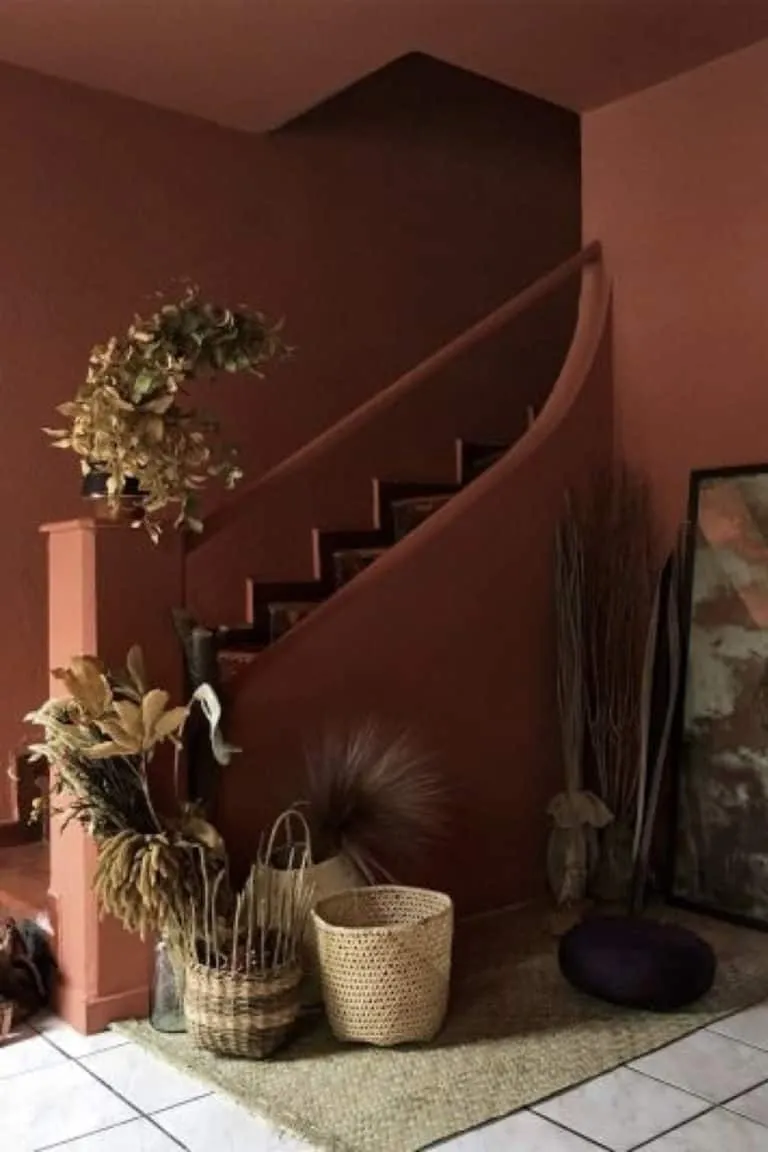 9 Super Colorful Entrances That Can Light Up Your Day
9 Super Colorful Entrances That Can Light Up Your Day